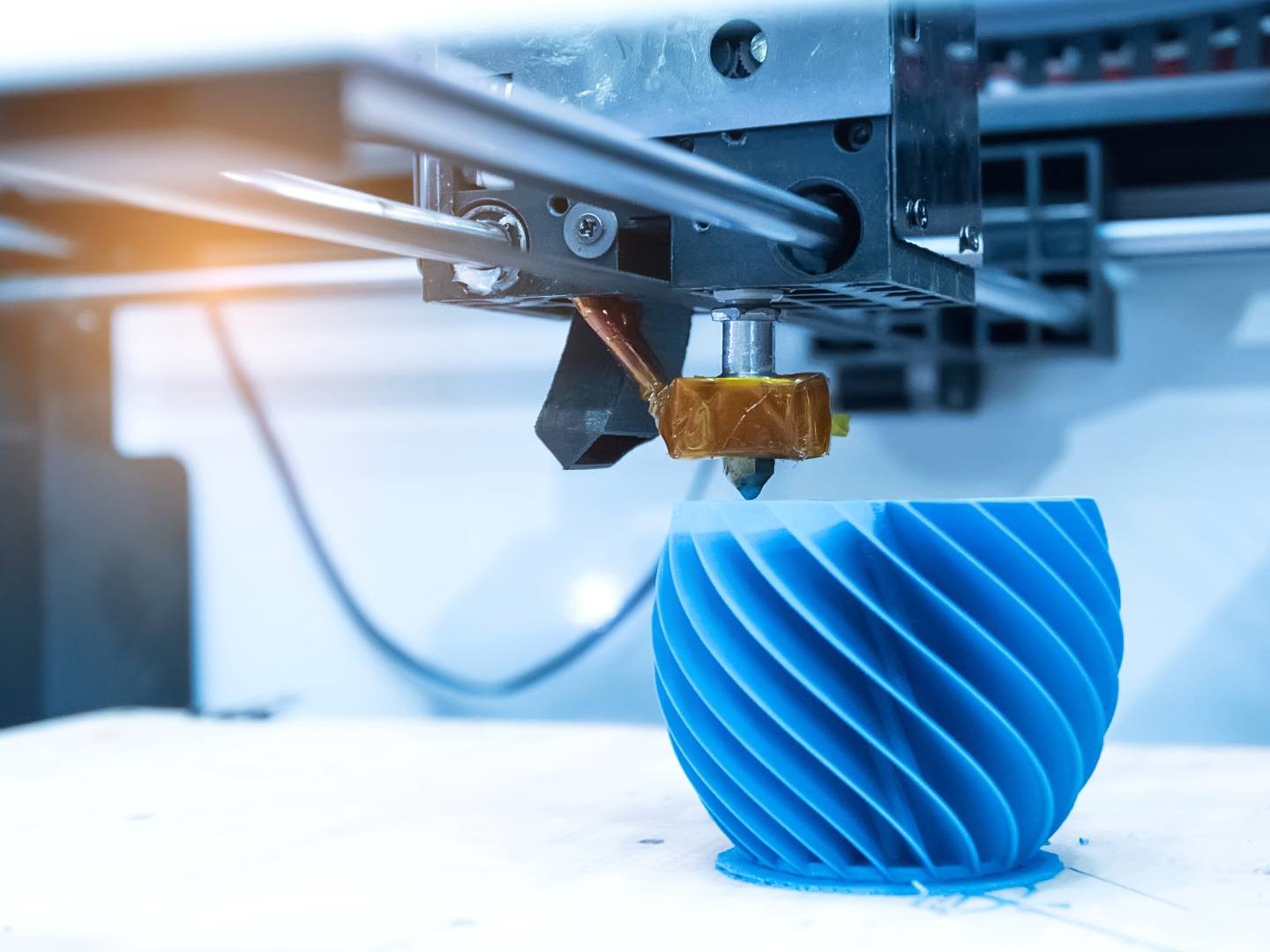
Right now, the future of 3D
printing seems to be bright and an increasingly vital component in the
manufacturing renaissance. With the increased usage of technology,
conversations about additive manufacturing are a lot more tangible than it was
years ago.
Currently, 3D
printing in China is becoming more and more popular in several areas of
industry. And as the proliferation of the technology grows, the economies of
scale will come into play.
Let's
look at the different stages of the trends.
1. Innovation Stage
It is a stage when a new technology enters the market. The prime focus is on research and development, where the objective is to optimize the technology to better fit market requirements. It is the most time-consuming stage of the technologies’ life cycle.
2. Syndication Stage
This stage aims at the commercial aspect of new technology. The needs and best practices are further developed where some elements from the previous step are dropped due to economical factors.
3. Diffusion Stage
This stage focuses on spreading the innovations further in the market by improving profitability and enhancing value for adopters. It is a stage where several companies compete with various versions of the technology.
4. Substitution Stage
This is the final step, and a stage where the technology starts declining and alternatives are deployed.
In terms of 3D printing
technology, we are the syndication stage. The heavy users of 3D printing
technology are the big organizations, and early adopters are looking to create
more value from the technology.
Different
3D Printing Techniques:
There are various 3D
printing technologies used widely in the manufacturing sector. We shall focus
on the top 3D printing techniques.
It is the oldest printing technique that offers a few different use cases. Stereolithography uses liquid resins and creates a sliced section of a material that is then hardened with the help of the UV laser.
SLA produces the parts more accurately and offers great tolerance benefits to 3D printed parts. They are best for creating highly detailed prototypes for companies that need it; however, their costs for both materials and printers can be a bit costly.
· Selective Laser Sintering (SLS)
It utilizes the powder material that is then hardened with a laser. However, it is used for short production run because of the high cost of both material and printer. In addition, handling of the powder material can be dangerous if not stored correctly.
· Fused Filament Fabrication
It is a technique that is
based on spools of plastics or a composite material, which is melted and
extruded out to create layers. However, when compared to other printing
techniques, the parts have less detail. So uses for highly detailed objects are
hard to reproduce with FDM.
Well, 3D printing has
reduced the minimum efficient scale of production, which is a game-changer for
manufacturers. Although we are the position where we don't have fully matured
technology, additive manufacturing is demonstrating its transformative nature
and has begun to reshape businesses.
















